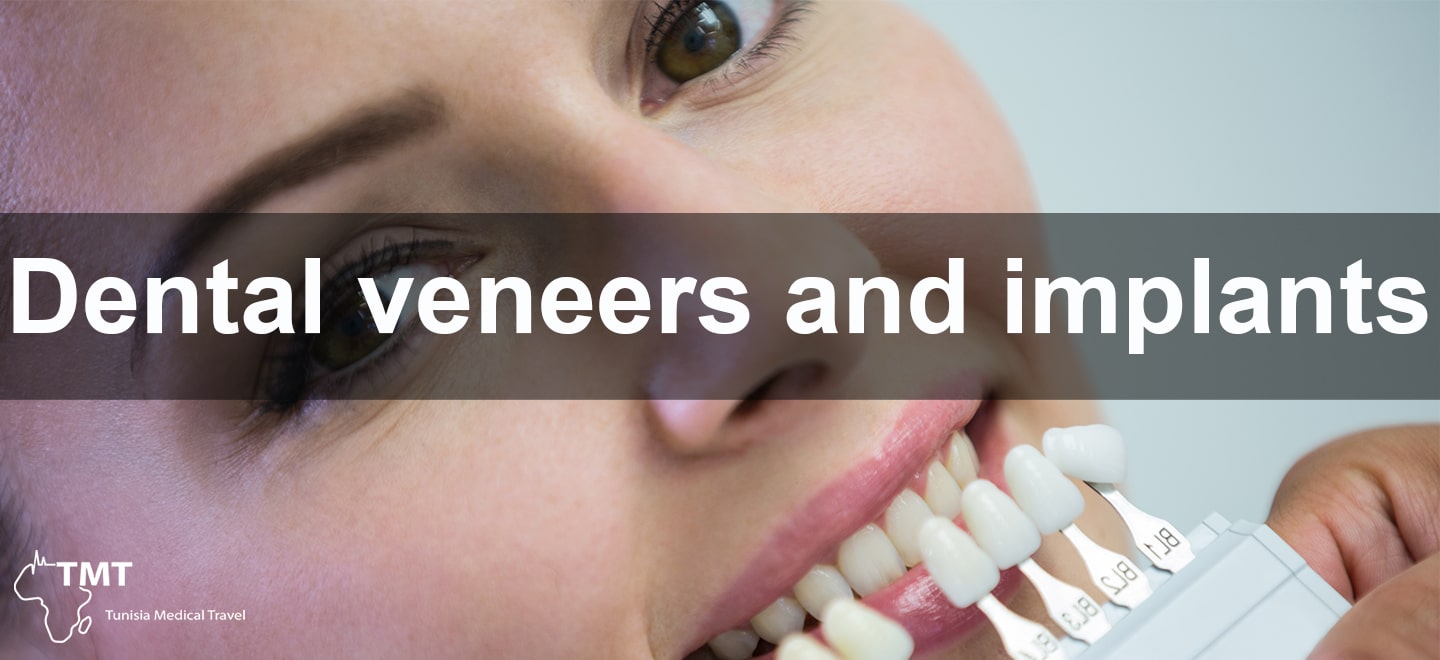Dental veneers and implants
dental veneers and implants
Do I veneer up or down?
When placing dental veneers, the direction in which the veneer is placed (up or down) depends on the specific situation and the desired outcome.
If the tooth has been shortened or has a large filling, the veneer will typically be placed on the biting surface (up). This will help to rebuild the height of the tooth and improve the bite.
If the tooth has a large amount of decay, or is discolored or misshapen, the veneer will typically be placed on the front surface (down). This will help to improve the appearance of the tooth and enhance the smile.
When placing veneers, the dentist will take into consideration the condition of the tooth, the patient’s bite, and the desired outcome. The dentist will also evaluate the amount of tooth structure that needs to be removed and how much tooth structure needs to be rebuilt.
It is important to consult with a qualified dentist to determine if veneers are the appropriate treatment for you and to discuss the potential risks and benefits of the treatment, as well as the direction of the placement of the veneers.
Can I combine dental veneers with other procedures?
Yes, dental veneers can be combined with other procedures to improve the overall appearance and function of the teeth.
One common combination is with teeth whitening procedures, where teeth whitening is done before the veneers are placed to ensure that the color of the veneers matches the color of the surrounding teeth.
Another common combination is with orthodontic treatment, where veneers can be used to correct small misalignments or gaps in the teeth after the orthodontic treatment is completed.
Dental veneers can also be used in combination with other restorative procedures such as dental crowns, bridges, or dental implants to improve the overall function and appearance of the teeth.
It is important to consult with a qualified dentist to determine if veneers are the appropriate treatment for you, and if so, which procedures would be the best fit to achieve the desired outcome. Your dentist will evaluate your individual case and develop a treatment plan that is tailored to your specific needs.
When should I do a bone graft?
A bone graft is a surgical procedure that is used to add bone to the jaw in order to improve the quality and quantity of bone in the area where a dental implant will be placed. The decision to do a bone graft is typically made by a dental implant specialist after a thorough examination and evaluation of the patient’s jawbone.
There are several reasons why a bone graft may be necessary, including:
- Jawbone loss: Bone loss can occur due to periodontal disease, injury, or tooth loss. When a tooth is missing, the bone that once supported that tooth begins to atrophy, or shrink. A bone graft can help to rebuild the lost bone and provide a stable foundation for a dental implant.
- Insufficient jawbone density: In some cases, the jawbone may be of insufficient density or quality to support a dental implant. A bone graft can help to strengthen the jawbone and make it possible to place an implant.
- Sinus augmentation: In cases where the upper jaw is too thin or has insufficient bone in the back, a sinus augmentation procedure may be necessary. This procedure involves adding bone to the sinus area, which is located just above the upper jaw.
- Ridge expansion: When the jawbone has become too narrow to place an implant, a ridge expansion procedure can be done to widen the jawbone.
It’s important to note that a bone graft procedure can take several months to heal, so you should factor in the healing time when planning for a dental implant procedure. Also, not all patients need a bone graft, it depends on the case of each patient, so it’s important to consult with a qualified and experienced dental implant specialist to determine if a bone graft is necessary for you.
What is a Hollywood Smile?
A Hollywood Smile is a cosmetic dental procedure that involves the placement of dental veneers on the front teeth to create a bright, white, and even smile. The term Hollywood Smile originated from the famous Hollywood actors and actresses who used this procedure to enhance their appearance in the entertainment industry. The procedure is also known as « Veneer star » due to its popularity among celebrities.
Hollywood Smile is typically performed in a dental office or clinic. The procedure is usually done under local anesthesia to minimize any discomfort. The procedure usually takes two or three appointments, the first for consultation, examination, and tooth preparation, the second for the placement of temporary veneers and the third for the placement of permanent veneers.
The results of a Hollywood Smile can vary depending on the person’s individual needs and preferences. The procedure can be used to improve the appearance of teeth that are stained, discolored, chipped, or misshapen. It can also be used to close gaps between teeth or to improve the overall appearance of the smile.
The Hollywood Smile procedure typically involves the following steps:
- Initial consultation: The dentist will examine your teeth and discuss your concerns and goals for your smile. They will also take X-rays and impressions of your teeth to plan the treatment.
- Tooth preparation: A small amount of tooth enamel is removed from the front surface of the teeth to make room for the veneers.
- Impressions: The dentist will take impressions of your teeth, which will be used to create custom-made vene

